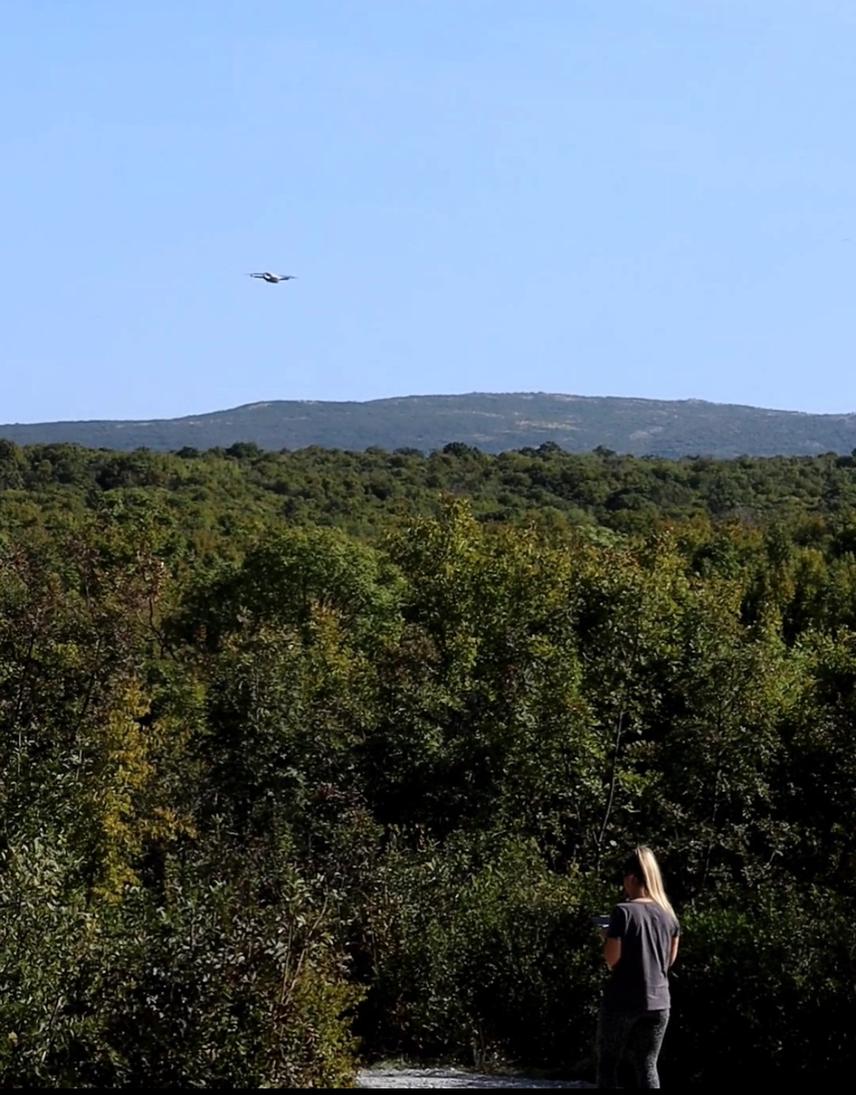Dragana Šnjegota
Other projects
3 Aug 2015
Monitoring of Grey Wolf Population from Bosnia and Herzegovina with the Aim to Create Conservation Strategy
21 Feb 2018
Let's Make Better Future for Grey Wolves in Bosnia & Herzegovina: Continuation of Conservation Activities
Currently, wolves are more vulnerable in the long-term than in the previous few decades. The relaxation of protection measures and proposed changes from Annex II to Annex V of the Bern Convention by the European Union realistically jeopardize their long-term survival. Researchers from around the world agree that "wolf protection in the European Union is a topic of ongoing concern and discussion." The latest report from the Large Carnivore Initiative for Europe indicated a decreasing population trend of wolves in Bosnia and Herzegovina, emphasizing the necessity for continuous monitoring.
Previous publications have shown moderately to high genetic variability of wolves from Bosnia and Herzegovina, but a low effective population size and reduced gene flow with neighboring sub-populations, particularly those from the eastern part of the large Dinaric-Balkan population. Furthermore, the first ever evidence of range overlap and hybridization within the Canis genus in Bosnia and Herzegovina by our team, underscores the urgent need to additionally explore and address these issues. In addition to habitat fragmentation and overhunting, wolves face threats from jackals and stray dogs.

Monitoring with a drone. ©Tanja Šnjegota.
This final Rufford project aims to develop an action plan, and identify and protect critical wolf habitats in Bosnia and Herzegovina. Using advanced field and laboratory techniques, the team will assess population dynamics, threats such as hybridization, etc., and accordingly, will prepare the first ever formal management action plan for wolves in our country, with the support of the relevant institutions, such as the ministries. Community engagement and capacity building are integral to the project's approach, fostering sustainable coexistence. Findings will inform conservation strategies, ensuring the long-term survival of wolf populations in our country and the region.
The main aims and contributions of our project are in: i) preparing a set of measures, as part of an action plan, to respond to situations when wolves are threatened—a official document that will be prepared for the first time in our country; ii) building a successful coexistence between wolves and farmers by providing electric fences to the farmers; iii) identification of key wolf habitats and suggestion for their promoting into protected areas which will significantly contribute to the wolf’s long-term survival; iv) providing additional data on the range overlap and hybridization in Canis genus, using different field and laboratory techniques; and v) building the capacity for the future conservation actions by organizing educational/practical workshop.